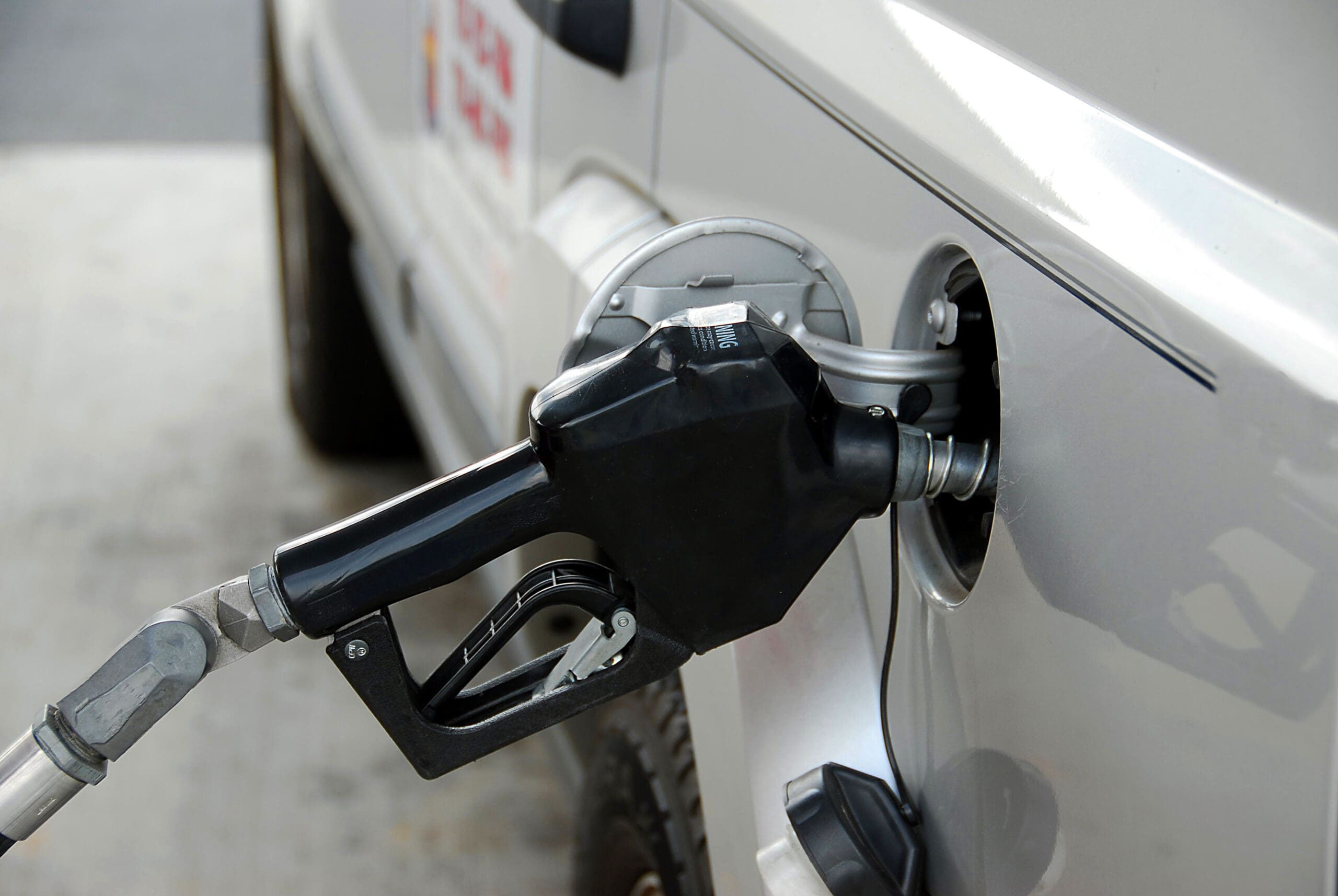
Imagine eliminating the daily detour to the gas station for your landscape fleet. This is just one of the benefits on-site fueling can offer.
Check out what these companies have to say about the pros and cons of having on-site fueling for their business.
The Benefits of On-Site Fueling
The direct cost savings from having on-site fueling will vary on your vendor as some allow landscape companies to lock in a set mark-up number on top of the wholesale pricing that fluctuates or receive a discounted rate for buying in bulk.
Edward Coady, CEO of Mainely Grass, based in Bedford, New Hampshire, says their exact cost savings are hard to calculate as they vary from year to year, but they are able to negotiate volume discounts with their fuel vendors.
Will Dutton, director of workforce safety and training for Russell Landscape Group, based in Sugar Hill, Georgia, says they’ve saved .15 to .25 cents per gallon over the past six years.
“We’re seeing savings anywhere from like five cents up to 40 cents depending on where we’re going,” says Ben Curtis, COO of Outerland, based in Mashpee, Massachusetts.
Chris Lee, president of EarthWorks, based in Lillian, Texas, says one misconception he had early on was how much he’d save on fuel, but he does take advantage of the tax refund for off-road gas. At each of their branches, EarthWorks has a tank for regular unleaded gas, a pre-mix for equipment that has oil mixed in the gas, a diesel tank, and an off-road gas tank.
“If you contain it separately and you track it separately and you don’t use it on the highway, then you get basically a tax refund on the portion of the gas that goes for highway repairs and maintenance,” Lee says. “For us, it’s great. It’s $30 or $40 grand a year in tax credits, so track your off-road gas separately.”
Curtis says there are a lot of intangible savings with having their fuel pumps on-site because they have reduced liability by no longer having accidents at gas stations. He estimates their fuel savings could be $20,000+ and then $100,000 in saved labor efficiency in a year.
The true benefit of on-site fueling are the time savings. Dutton estimates they have had a 5-6% reduction in indirect time. Curtis says what was a 25-minute process at the gas station has now become a 10-minute task on their property. They placed dumpsters near their gas pumps so crews can throw away trash while refueling.
Nate Moses, CEO of Precision Landscape Management, based in Greenville, South Carolina, says they save five manhours a week with their on-site fueling. Lee says across their 85 trucks, they probably save 500-600 manhours a week.
Coady estimates they save five to six minutes per day per technician and this doesn’t account for the time slippages from buying snacks at the gas station.
“The time saved by not going to a station is too great to ignore, and savings from higher volume buying – give it a try!” Coady says.
The Drawbacks of On-Site Fueling
Some of the drawbacks of having gas pumps on-site include the liability of a potential accident and the risk of theft by employees or outsiders. Lee says they’ve had people over the years try to fuel up their car with the on-site fuel tanks. This is an immediate fireable offense. Lee says it’s the same thing as taking a string trimmer off the truck and taking it home.
Another issue could be the layout of your property. On a smaller site, you can lose space trying to accommodate the pumps.
“Whether it would actually work from an efficiency standpoint or whether it would drag you backward really depends on your property setup,” Curtis says.
Also, if you lease your property, you may not be able to install the fuel tanks. However, depending on the landlord, they may have no problem with this.
Be mindful this operational change can result in employee pushback. Dutton says it was their biggest obstacle to overcome and you need to make it part of your culture. Moses says they had to get employees to understand they couldn’t fuel up at the beginning of the day, but rather should always top off the tank once they get back at the end of the day.
Lee says they added employee break rooms to their shops so their employees could microwave their food there instead of at a gas station.
“One of the ways we explained it to everybody else is there may be two or three guys that want to stop at the gas station and spend 10 or 15 minutes, but there may also be two or three guys in the truck that don’t,” Lee says. “They’ve already had breakfast, and they want to get home to their family at the end of the day. If we spend 15 minutes at the gas station in the morning, 15 minutes at lunch and 15 minutes in the afternoon. All of a sudden, they’re getting home to their kids 45 minutes later. Is that fair?”




